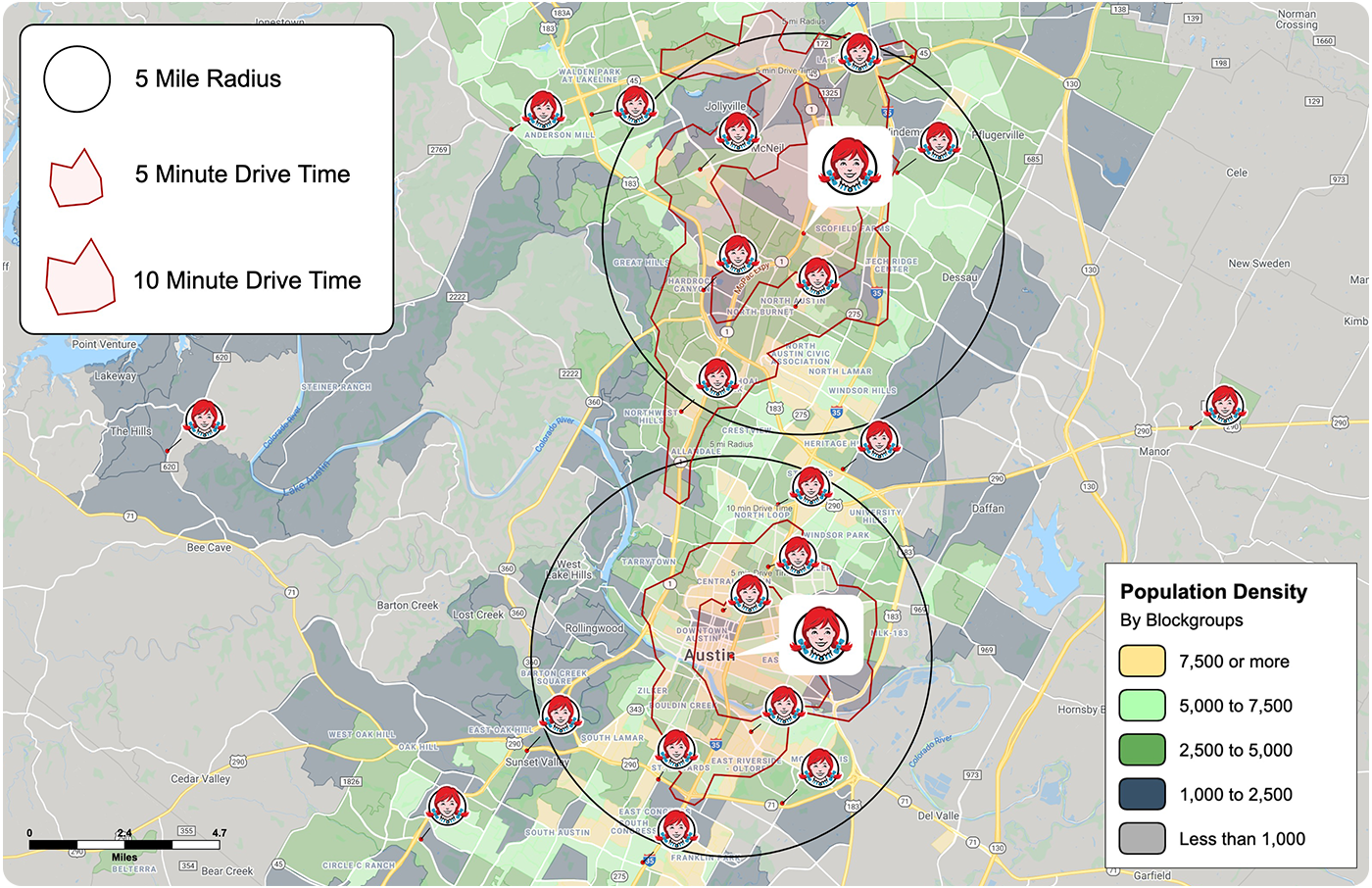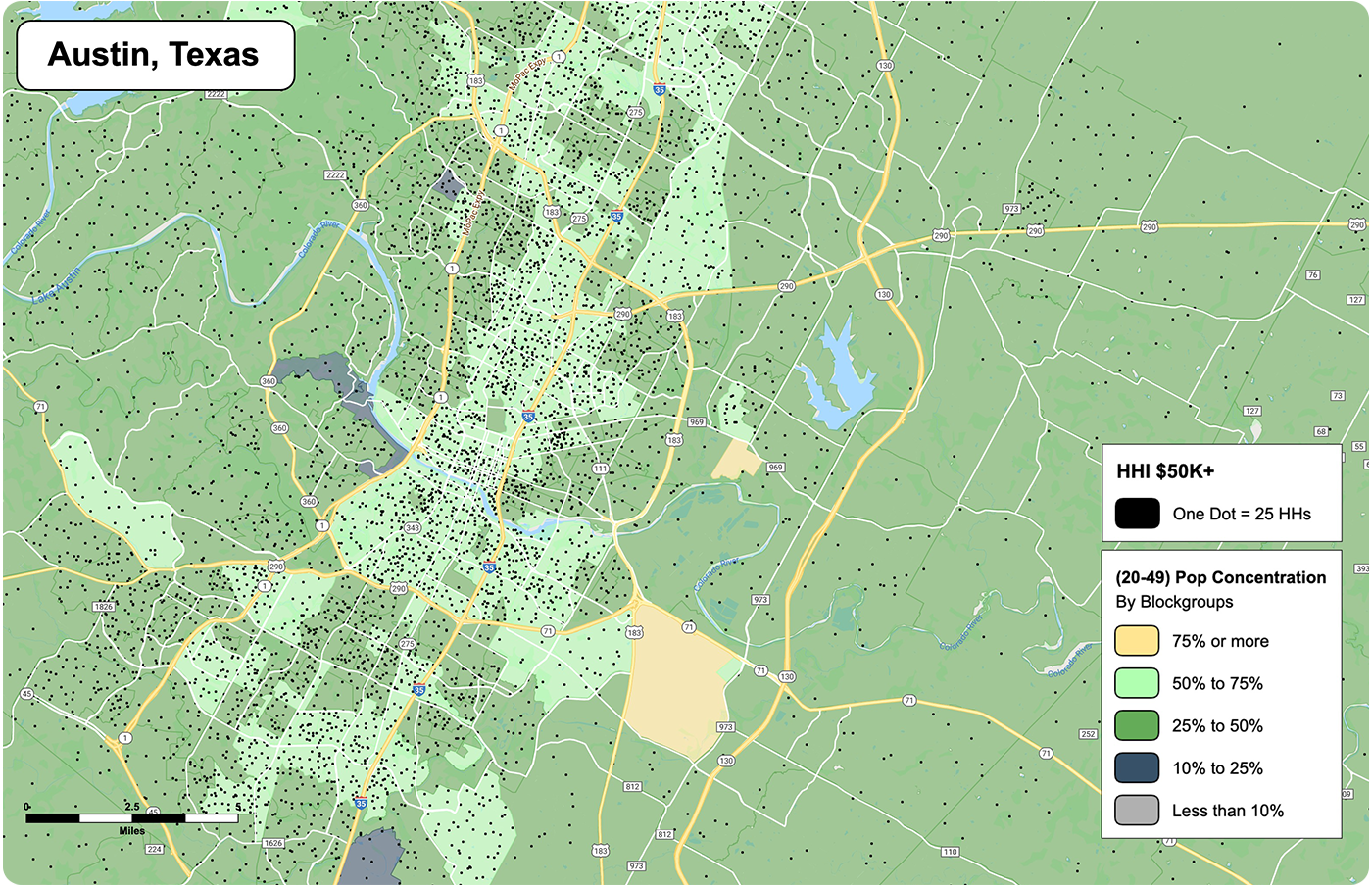How Are Ghost Kitchens Changing Commercial Real Estate
What's next for restaurants in commercial real estate?
By Alexis Cortez
Published Apr 8, 2022

By Alexis Cortez
Published Apr 8, 2022

Like many people in the age of modern eating, I order food through an app. My friends and I debate which delivery service is better, which usually ends up in a race to see who can order, confirm, and receive their delivery the fastest. (I choose UberEats, and never win, by the way) But the bigger question will always be about where the food actually comes from. If you're not paying attention, it might be coming from a Ghost Kitchen.
While the name suggests otherwise, these aren't kitchens run by phantoms (although, how cool would that be?). Ghost Kitchens allow for an established kitchen - usually in a fast-food or a fast-casual restaurant - to run multiple smaller restaurants through them. It may seem complicated, but basically, the “host” kitchen partners with smaller restaurants that serve vastly different food from their own menu. These types of kitchens have been around for a while but gained popularity during the food delivery boom for services like Postmates, GrubHub, or my favorite, UberEats.
One of the biggest players in this game is Wendy's. They've partnered with Reef Technologies for a while now, and host their own kitchens across the country. Ghost Kitchens tend to serve easily made, very specific, and totally different food from their host kitchens, like a small restaurant that specializes in poké bowls or a local “hole-in-the-wall” that has the best buffalo wings in the area.
Clearly, there's a lot of benefit for the restaurants involved, but how could this affect commercial real estate? Looking at Austin, Texas, Wendy's has 25 locations, with a focus in the more densely populated areas, and near the university or downtown. I added a ten-minute drive time for each location near a highway or major intersection in the area since these would be optimal for delivery drivers and pickup orders. These 7 locations cover most of the highly populated areas and most of Wendy's target audience.

Austin has been booming for a while now. I chose to run this little experiment there because the demographics are changing to not only a younger audience but more tech-savvy as corporations move their headquarters to the Lone Star State. Wendy's main target audience has historically been young professionals, usually in their 20's and 30's with college degrees and an average income of $30,000 to $50,000. It's no surprise that Wendy's seems to be growing well in this town, and I'm sure there will be more to say about the area in a few years.

There are plenty more restaurants looking to test out this new trend. I wouldn't be surprised if we started seeing restaurants build out their kitchens more to be able to support these types of kitchens. We could even see the demise of the fast-food dining room altogether; check out our other post about the revolution of the drive-thru earlier this year here. While it's fun to speculate, at the end of the day, it's up to the customers to decide if they like what they're getting. For now, it's a cool idea and a new way to meet customers where they are. •
Last Modified Apr 8, 2022